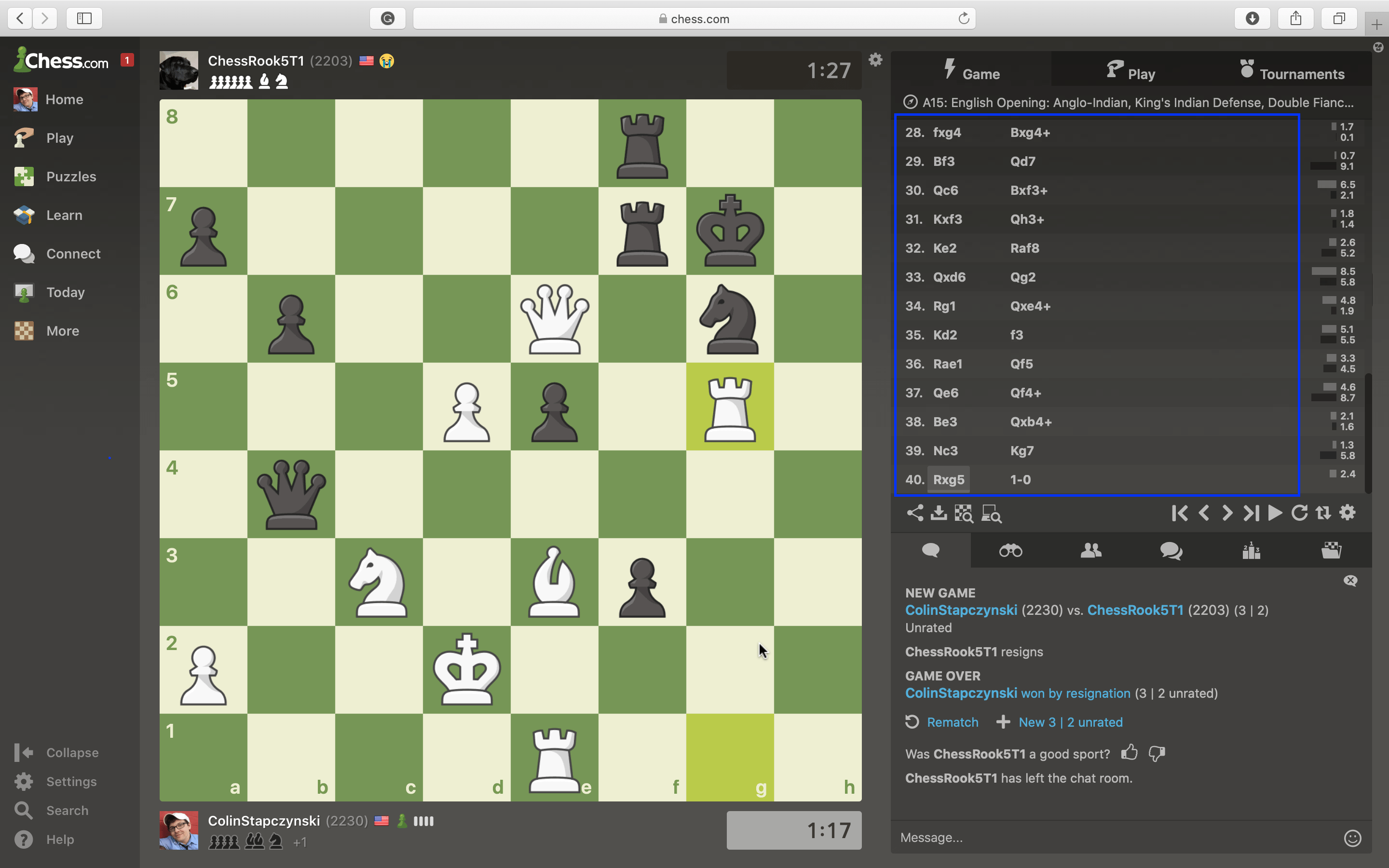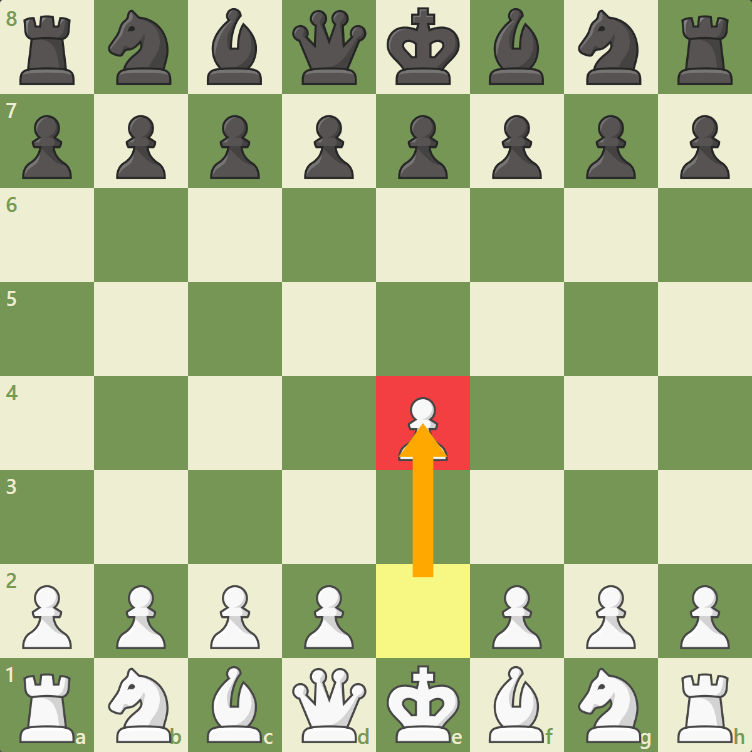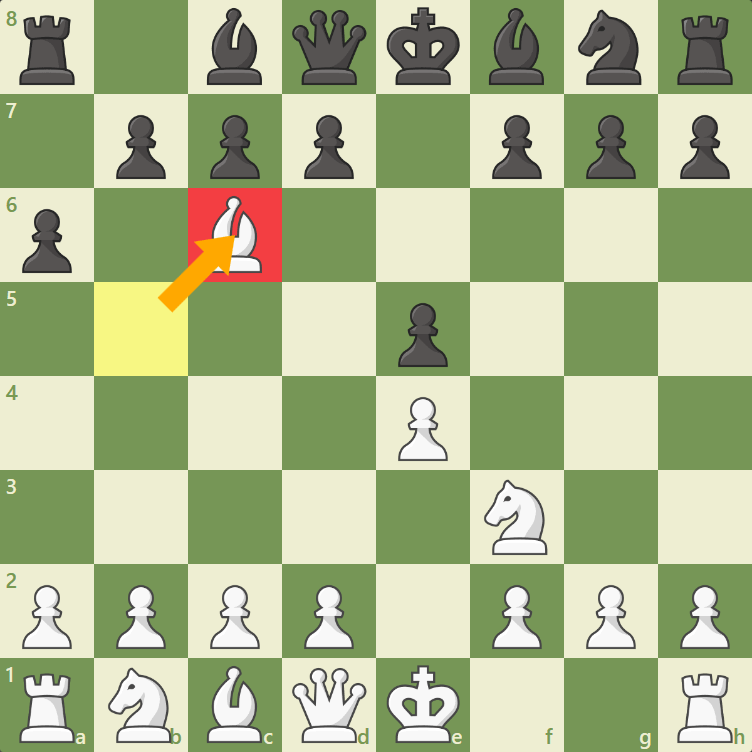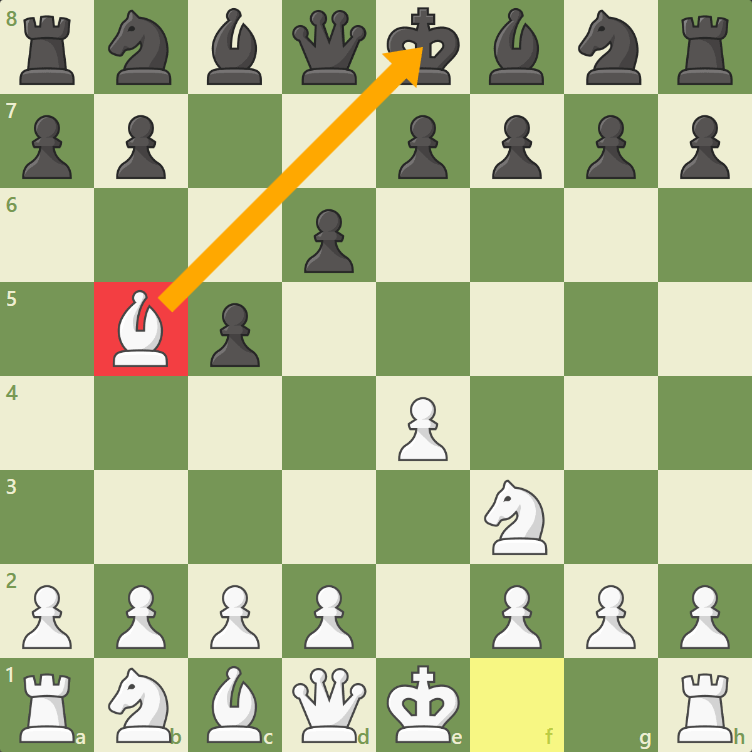
Chess Notation
Chess notation sounds complicated, but so does algebraic notation! What do these terms mean? Let's find out!
Here is what you need to know about chess notation:
- What Is Chess Notation?
- How Do You Read Algebraic Notation?
- Special Cases For Algebraic Notation
- Conclusion
What Is Chess Notation?
Chess notation is the act of recording or writing down the moves of a chess game. Over the years various methods and ways have been used to record the moves, but they have all disappeared except for the current standard for chess notation: algebraic notation.
Physically writing down the moves of a game is required in many over the board tournaments, but on Chess.com the moves are recorded for you! When playing a game on Chess.com, the moves of the game are displayed live as you and your opponent make them.

Knowing that your games are being recorded for you is a good feeling, but you should still know how to read chess notation—algebraic notation!
How Do You Read Algebraic Notation?
Algebraic notation sounds like a fancy term, but it is much simpler than it appears. Essentially, algebraic notation shows you the move number, the name of the piece that is moved and then the square where the piece moves. Each piece has an abbreviation (which we will cover below), while every square on the chessboard has its own name. To learn more about the names of squares, please refer to this article.
When referencing a piece, the abbreviation is always capitalized. The king is abbreviated by the letter "K," the queen is abbreviated by the letter "Q," the rook is abbreviated by the letter "R," and the bishop is abbreviated by the letter "B." The knight, a special case, is abbreviated by the letter "N" since "K" is already taken by the king. The pawn is the only piece that has no abbreviation. If a pawn is moved, you see only the name of the square where the pawn moves.
Let's start with the simplest example. Pretend that you have the white pieces and have just made your first move of the game by moving your king's pawn up two squares. How would this move be notated?

Since it is the first move, algebraic notation dictates that we would start with "1." Then we would find the square where the pawn moved. In this case, the square is e4. So, this move is read or recorded as 1. e4—it is that easy! Continuing with this example, let's say that we have placed our knight on the f3-square for the second move. How would this move be notated?

Since this is the second move of the game, we start with "2." Because the piece moved is a knight, we use the abbreviation "N," and since the square moved to is f3, we have all of the information we need! This move would be read or notated as "2. Nf3."
Special Cases In Algebraic Notation
Some moves in chess cannot be written in algebraic notation using the normal method described above. Captures, castling, check, checkmate and the result of the game all have special symbols. When any piece is captured, a lower-case "x" is placed in between the piece and the square where the capture occurs. In the following position, White's bishop has just captured the knight on c6. This move is notated as "Bxc6."

When a pawn captures a piece, you write the name of the file (in lower case) that the pawn is on, followed by a lower-case "x" and then the file where the pawn moves. If we continue from the position above, you can see that Black can recapture the bishop on c6 with the pawn on b7 or the pawn on d7. If Black recaptures with the b-pawn, then it would be read as "bxc6," while if Black recaptures with the d-pawn, then it would be "dxc6." You can see the position after dxc6 below:

Castling kingside is recorded as "0-0," while castling queenside is "0-0-0." The number of zeros indicates how many squares the rook has moved.
When a king is attacked or threatened, it is known as check, which is notated as "+" at the end of the move. In the following position, White has just played Bb5+:


After a game is over, the result also has special notation. If White wins, then it is notated as "1-0." If Black wins, it is notated as "0-1," while a draw is notated as "1/2-1/2."
Finally, a few special cases for algebraic notation: In some positions, two of the same piece (such as two knights) can be moved to the same square. In this case, you still write the piece abbreviation, but you then add the file that the piece is on before you write the square.
In the position below, both white knights can move to the d2-square. If the knight on f3 moves to d2, this move would be notated as "Nfd2," while if the knight on b1 moves to d2, it would be notated as "Nbd2."

Lastly, on very rare occasions, two pieces of the same type can both move to the same square AND they are already on the same file. In this case, you still start with the piece abbreviation and then add the rank of the piece before noting the square where it moves.
In the position below, both white knights are on the f-file and can move to d2. If the knight on f3 moves to d2, the annotation is "N3d2," while if the knight on f1 moves to d2, the annotation is "N1d2."

Conclusion
You now know what chess notation is, what algebraic notation is, and how to read or record moves using algebraic notation! Enjoy this new knowledge by reviewing the moves from your own games, studying the games of your favorite players, or showing a friend one of your favorite games!









